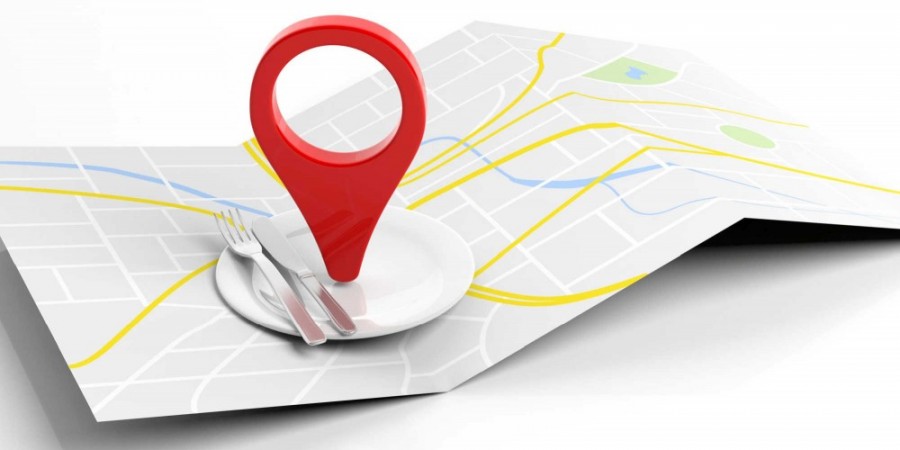
As part of our ongoing series on starting a restaurant, we'll be examining a foundational element of a restaurant's long-term success. Our last article focused on different options for funding sources, as well as how useful they might be in different situations. Now we'll look at another factor that has just as many options to consider: location.
A restaurant can have the most revolutionary menu and the most talented staff in the world, yet all of that is for nothing without a proper location. For the owner, the right location means finding a fit for the restaurant and its design. There are specific key factors the owner can focus on to find that fit.
On that note, the best place to start when thinking about location is demographics. Demographics embodies all of the relevant characteristics of a restaurant's target audience: behaviors, shared interests, and more. The idea is to tailor the restaurant location as a response to some unaddressed need or niche that is related to these demographics, as well as the characteristics of the given environment. For example, if a community has no Italian restaurants in or near the area, that might be an invitation to start serving up spaghetti in that community. Menu pricing is another factor that is based on the chosen location, specifically local average incomes.
A good location must also ensure that the restaurant is visible and accessible to the target customer base. Where are the nearest parking areas, assuming they are not around the building? Where can signs be put up? How easy is it for customers with disabilities to reach the restaurant? Is local traffic a potential obstacle? All of these questions, when answered, will help narrow down the right location for the restaurant. Remember, it's a restaurant, not a secret hideout; it should be welcoming, relatively easy to get to, and eye-catching.
Knowing the customer is only half the battle when it comes to locations, however. One also must consider how the location complements the restaurant's operation. Specifically, it is crucial to determine the characteristics and standards of the chosen location before setting up shop. There should be ample space for equipment, the service area, food preparation, and more; measuring and planning are key here. Building and health codes must be met and if there is any doubt that the codes are not met, an expert inspector and/or reliable resources should be consulted. Failing to properly assess the location and its adequacy could lead to serious financial and legal consequences.
When selecting a restaurant location, there is a choice to be made between buying and leasing. Buying is self-explanatory; leasing, on the other hand, involves renting out the location and making regularly scheduled payments to keep the property operational. Buying is most certainly going to be more expensive, so it should only really be considered if the budget allows for it. If money is a concern even with leasing, opening in a food court or other smaller venue may be an option as well.
Drive-thru lanes and windows are another potential option to explore. It's not particularly necessary for sit-down restaurants, but for fast food businesses and franchises, it is essential. In those circumstances, the location should have enough room for both parking and a drive-thru lane that follows a clear, navigable path around the building. As is the case with finding space for equipment and amenities inside the building, setting up a proper drive-thru lane with the technology and signage involved requires accurate measurements and space allocation to keep everything accessible and navigable for the customer.
Finally, there's the issue of competition. Before settling on a location, it is important to think about who else is around. For an up-and-coming burger restaurant, it probably isn't a great idea to open right next to a busy McDonald's. The ideal location should give the restaurant a chance to stand out amongst competitors in its field, and that means literally distancing itself from the competition. Moreover, physically standing apart from other businesses increases the chances that customers will go to your restaurant rather than go through the trouble of traveling to an alternative.
…………………………………….
A well-researched and tailored location can do wonders for the marketability of a restaurant. Good locations tell customers, "This business is what you're looking for, and you can get it without traveling too far out of your way." They represent a business' fit within a given community and bolster its long-term success with that community.


Bad |
Rate as 5 star | Good |
||
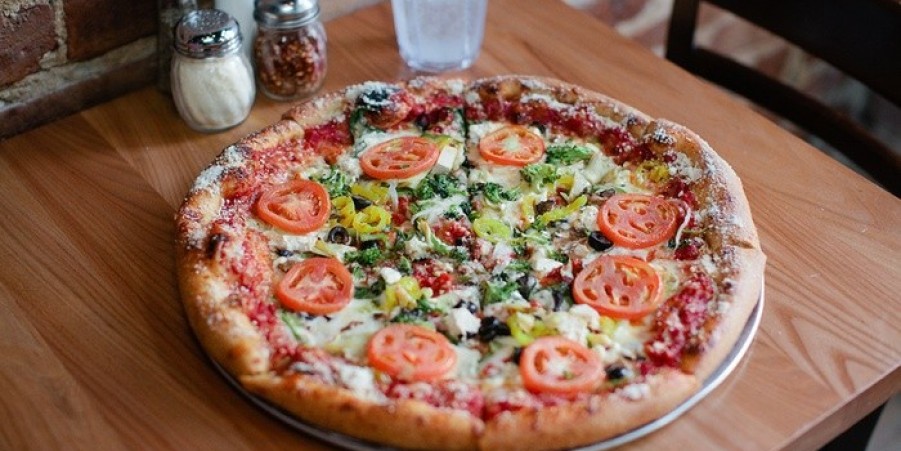
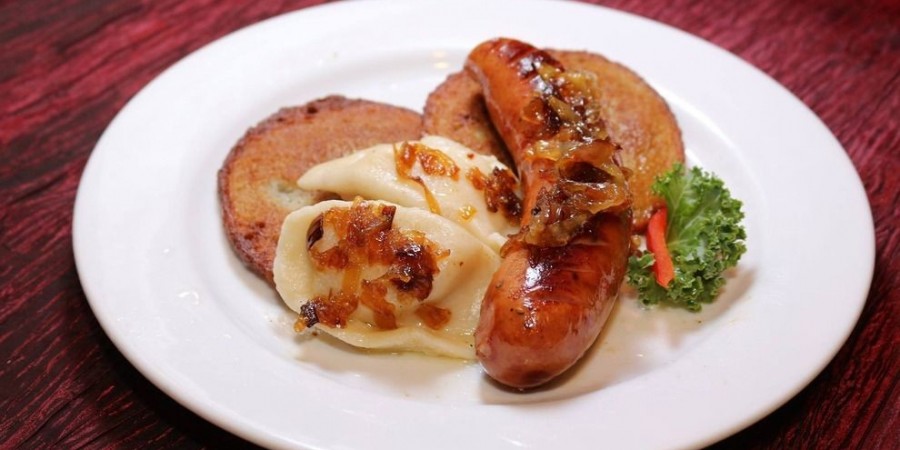
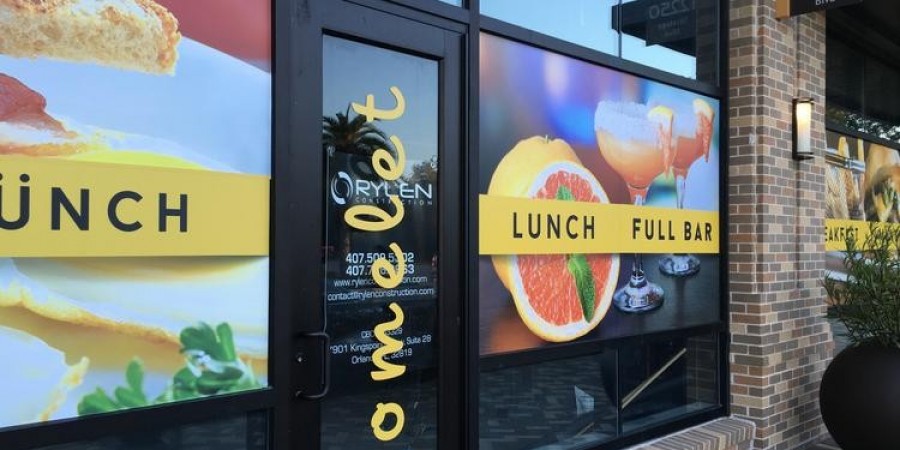
 Filter by category. | |
| REW | 152 |
| REW Academy | 131 |
| Restaurants | 129 |
| Website Categories | 125 |
| Articles | 117 |
| Kitchen | 53 |
| Vendors | 32 |
| Tutorials | 29 |
| Food | 26 |
| Customers | 22 |
| Events | 15 |
| Interviews | 9 |
| Web | 8 |
| Funny | 7 |
| Infographic | 6 |
| Social Media | 5 |
| Trends | 3 |
 Most popular (top 5) | |
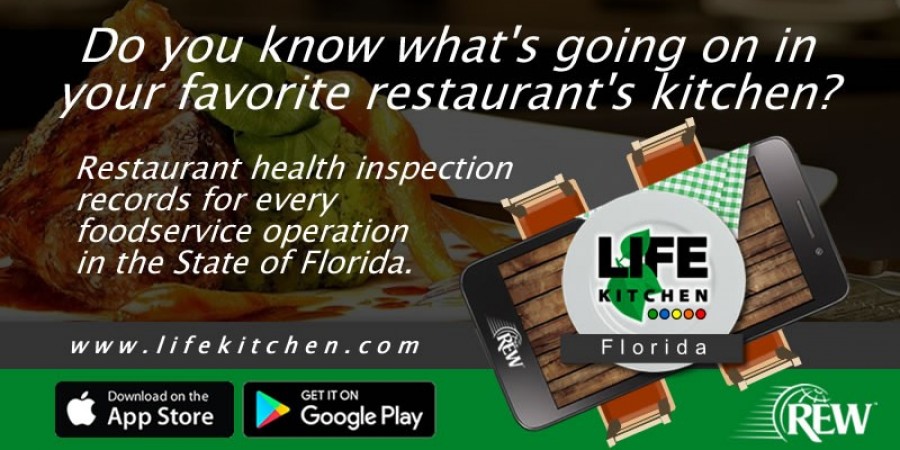 | Life Kitchen Florida App |
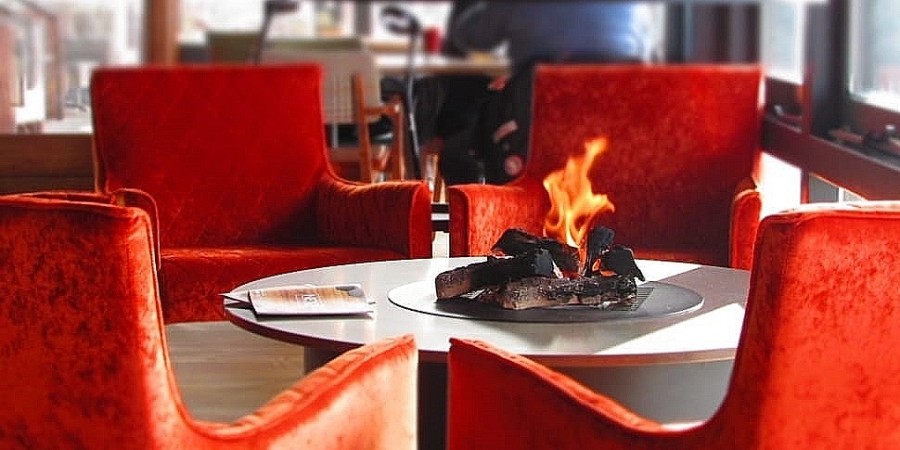 | Indoor Chairs and Bar Stools Overview |
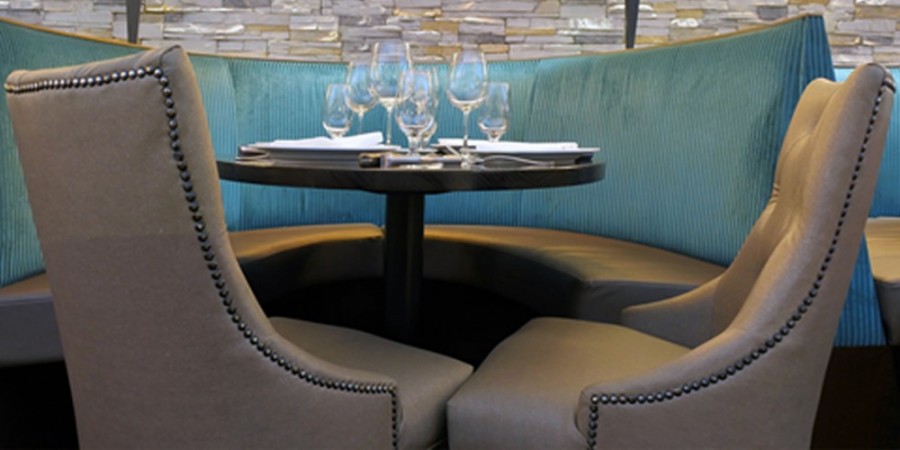 | Booths |
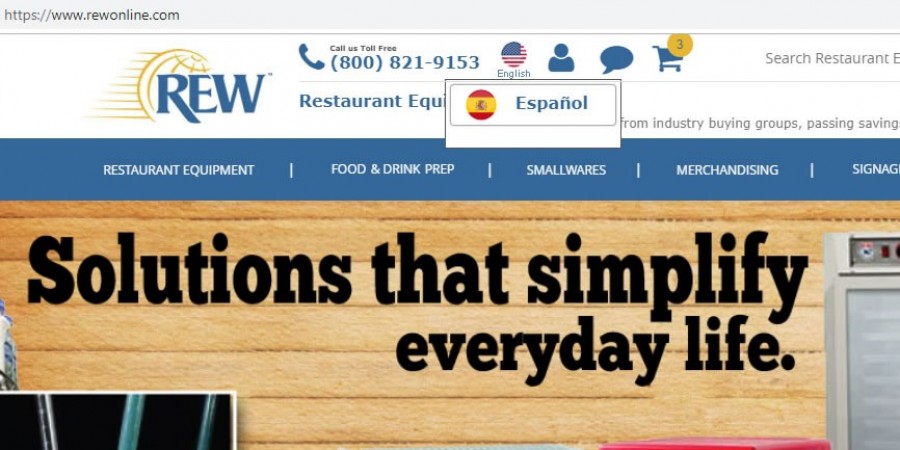 | Restaurant Equipment World (REW) Launches NEW Spanish Version of Website |
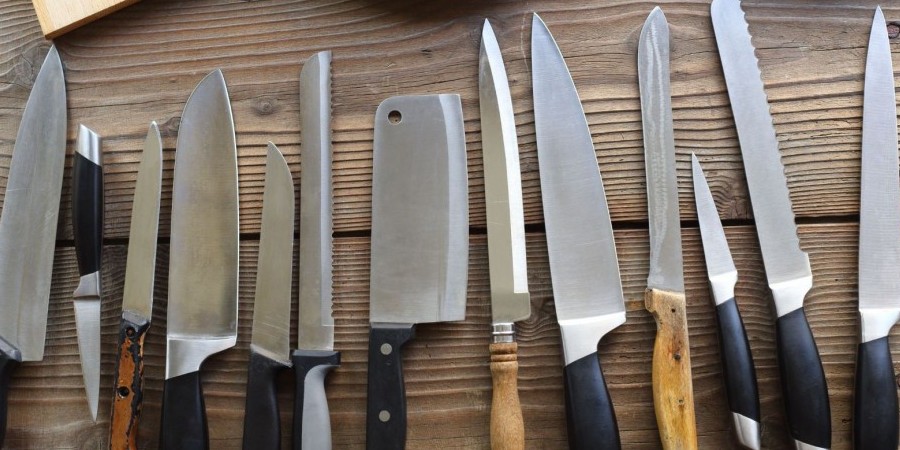 | Complete Guide to Cooking Knives |